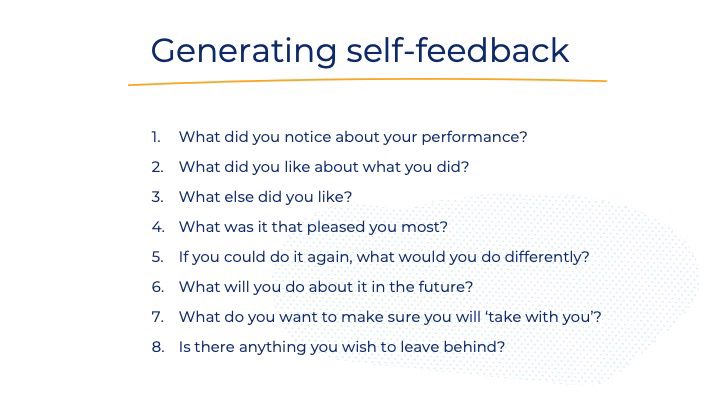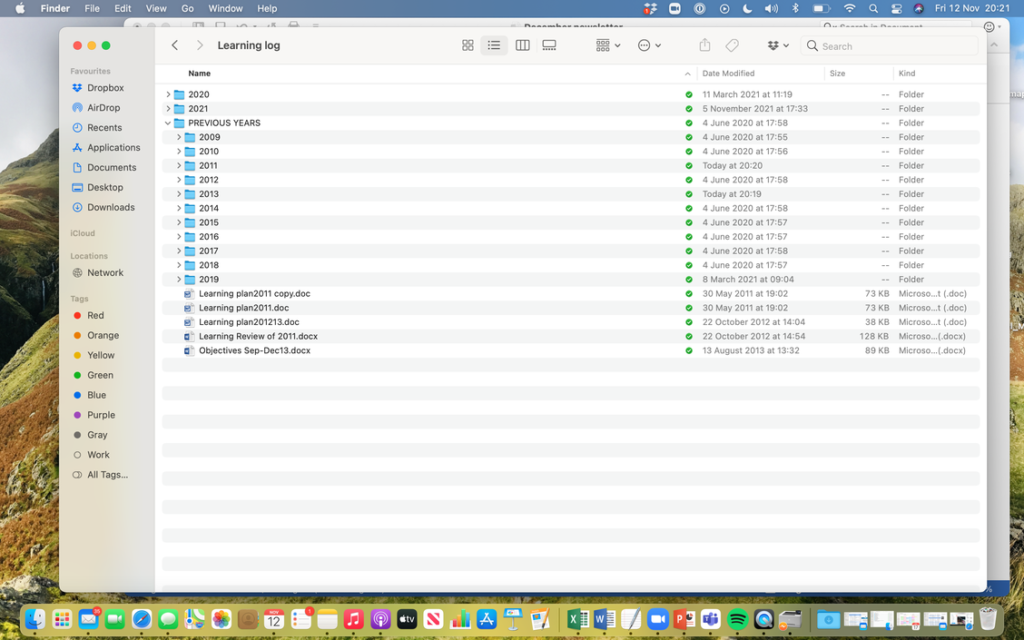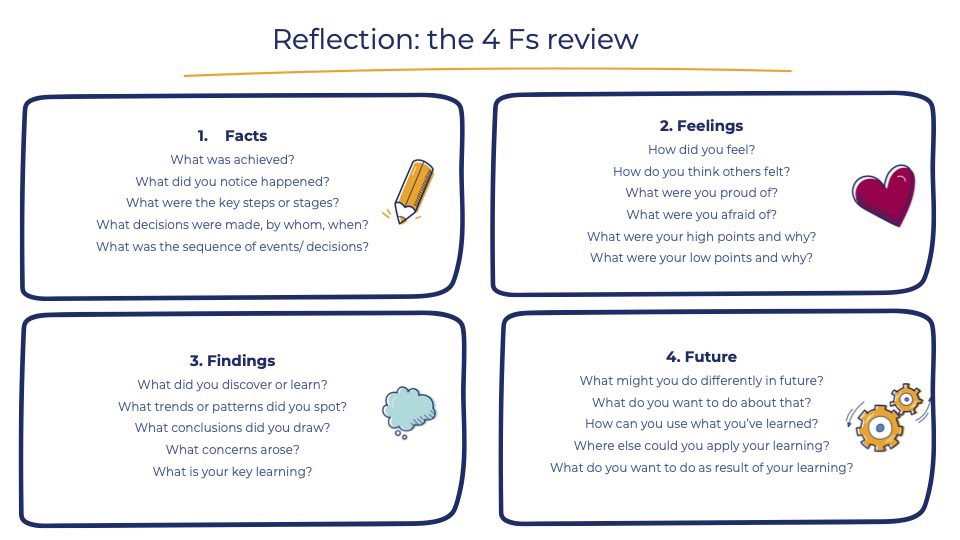Seasoned runners know that whilst sometimes it can be hard to motivate yourself to get out of the door, you never regret making the effort.
I think the same applies to making time to reflect and review how things are going. It often feels like THERE IS TOO MUCH TO DO and not enough time. When I’ve been brought in as a facilitator to help a team reflect or review I often encounter resistance, irritation and impatience about stopping doing things to step back and think about how they are going. But I don’t think I’ve ever heard someone say, after we’ve done a review, that it hasn’t been a good use of their time.
Maybe those who don’t find it useful are being polite and keeping quiet. But research has consistently shown that regular 15 min a day reflection on performance increases productivity by around 20%. So the real question I find myself asking is how can we afford not to make time for review?
I can be as guilty of this as everyone else. I rush around doing, doing, doing – not making enough time to sit still and really look and reflect. I run up and down mountains (literally, sometimes) but it’s sitting by the lakeside in the valley (like Wasdale above) or next to a summit tarn, like this cracker (below) on Haystacks, that we can find the calm and beauty we’re really looking for.

So assuming you’re not already regularly reflecting on your work (and if you are then please get in touch and share your tips – I’d love to hear them) you might be thinking – but how can I do it? And when can I fit it in?
There are three times when I’ve found it’s helpful to reflect, both for myself and with the individuals and teams I coach:
1) Post-event: the positive post-mortem held soon after significant events/ incidents when it is important to learn from experience – this might be when something went wrong or after an important new project.
2) Weekly – personally I try and find at least 30-45 mins each week to jot down notes on what I’ve discovered and might do as a result.
3) Termly – I plan my work in three terms each year and at the end of each, before I take a break, I spend around half a day undertaking a more thorough review of the past 3-4 months.
Below I’ve shared some of the tools and techniques I like to use in each of those scenarios…
1. The positive post-mortem
I regularly use two sets of reflective questions: both work for individuals or groups.
The longer version takes approx. 10-15 mins and comes from an RD1st exercise. I regularly use these questions when coaching, as well as for myself. They are beautifully simple:

It is important when doing this exercise to do two things:
Focus on action the focus on what you did rather than what happened, or what someone else did. That’s because we can only control our actions so we are only responsible for what we did or chose not to do.
Focus on the positive – many of us tend to focus on what went wrong but don’t overlook what you did that worked well. We can learn just as much from what was successful as what was less successful and yet we repeatedly focus on learning (only) from mistakes. This framework encourages you to consider both aspects: what worked well, and less so. We start with successes because then we are often more resourceful and honest about the failures.
If you’re short on time, the first-aid or 2 min version of this is Here, There, Everywhere:
1) What is my key learning here?
2) How can I apply this learning in the near future?
3) Where else could I use that learning more widely in future?
The added benefit of doing a positive post-mortem is that I have always felt better after completing it, even when what I’m reviewing went seriously tits-up.
2. The weekly Learning Log
Over a decade ago now I was fortunate to benefit from the brilliant development opportunity that is the Clore Leadership Fellowship. During my first two-week residential course I felt like I was learning so much useful stuff I didn’t know how to retain and use it – and so I created a ‘learning log’.
This began life as a simple table with two columns: observation and action. Each nugget of learning I entered into the log had to have an implication or action. Rather than take copious notes from talks or books I read which I never re-read, I started capturing the key learning points instead.
I create one document per month and save them – sometimes re-reading the logs on a quarterly or annual basis to check if there’s anything I’ve forgotten to action.
That I have been doing this fairly religiously for over a decade now probably tells you how useful I find this (here’s the proof – look at all those folders full of learning!).

Being a bit of a geek – as you can probably tell from these folders – I’ve since moved this simple table online to a Toodledo list which means I can add to it from my smart phone anytime, without needing to access my laptop to write up a learning point.
3. The termly review
I plan on a termly and annual basis, usually April-March. Three-four months is a good horizon for coaching goals – and being a coach I create goals as the backbone of this planning. This gives me direction, and also something against which to evaluate progress.
I like to set aside a whole day at the end of each ‘term’ for this kind of review. I often start by looking at the data – including financial data (have I achieved my target income, what has been my average day-rate, how many days have I worked, how many new leads did I get etc), before moving onto more reflective questions.
Sometimes I’ll use the positive post-mortem questions for that review, other times I might use the 4 Fs model. Both of these are frameworks I use when facilitating team reviews for clients – they can work even better then colleagues discuss and compare their perspectives on these questions. Sometimes I might draw my responses to the questions too, rather than just write them.

There are many other tools and frameworks you can use – I like these ones because they are simple and quick to use. Using them well by being honest, making time to collect data and using them regularly is what is most important. Doing little, but often – that’s why it’s called reflective practice.

